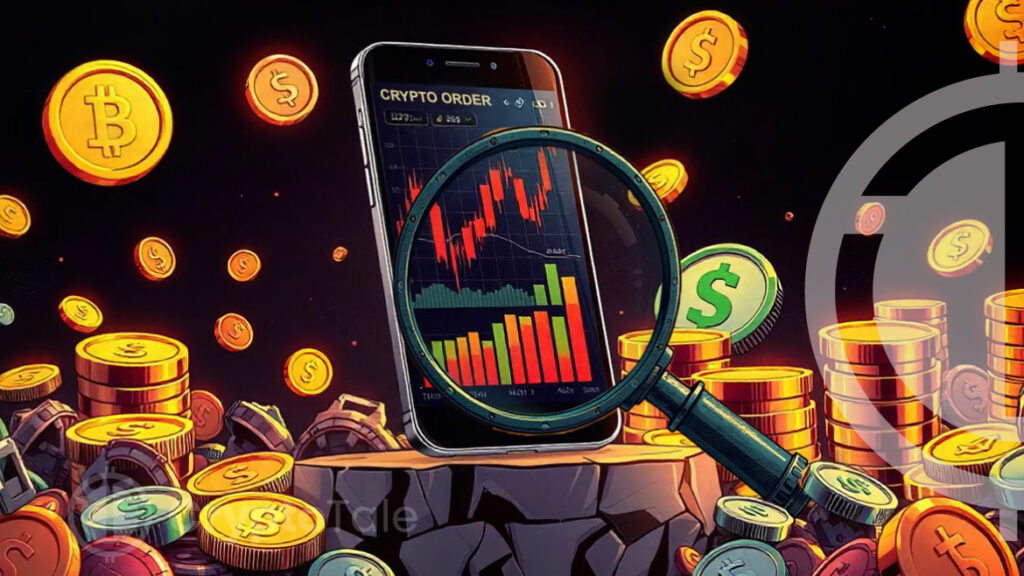
What is Slippage in Crypto? Learn Ways To Minimize It
Slippage is a phenomenon that has become increasingly prevalent in the world of cryptocurrency trading. In essence, it refers to the unexpected difference between an expected price and the actual executed price. The crypto market is notorious for its volatility, which makes slippage even more challenging to navigate. Understanding what causes slippage and how to minimize its impact are crucial steps for successful trading.
Before we delve into the ways of minimizing slippage, let’s define it first. Slippage occurs when there is a mismatch between the desired price and the actual executed price. This phenomenon has been observed in various forms, including but not limited to changes in the order book and market conditions. The calculation of slippage can be done using the following formula: (Executed Price – Expected Price) / Expected Price * 100.
For instance, if you set an order to sell Bitcoin at $90,000 and it was executed at $90,200, the slippage would be calculated as (($90,200 – $90,000) / $90,000) * 100 = 0.22%. Conversely, if your order was executed at $89,500 instead of $90,000, the slippage would be calculated as (($89,500 – $90,000) / $90,000) * 100 = -0.56%.
Now that we have established the definition and calculation of slippage, it is essential to focus on how to minimize its impact. Here are some methods that can help:
Firstly, the usage of limit orders can be a powerful tool in minimizing slippage. Limit orders enable traders to specify the price at which they are willing to sell or buy an asset, ensuring that their orders are not executed at unfavorable prices.
Secondly, it is crucial to select tokens with high liquidity for trading. Trading tokens with low liquidity can result in the order not being fulfilled due to a lack of buyers and sellers, leading to slippage. It would be wise to avoid such situations by focusing on more liquid assets.
Furthermore, traders should refrain from trading during volatile periods or when major announcements are being made. In times of heightened market volatility or uncertainty, it is best to wait until the market settles before making any significant transactions.
Finally, avoiding trading during congested periods can also help minimize slippage. It’s essential to monitor blockchain traffic and avoid trading when processing speeds are slow due to high transaction volumes.
In conclusion, slippage is an inherent aspect of cryptocurrency trading that traders must acknowledge and prepare for. By understanding the underlying causes and implementing strategies to minimize its impact, investors and traders can take necessary precautions to protect their investments in this unpredictable market.
Disclaimer: The information provided by Cryptotale should not be considered as investment advice or a recommendation for any specific asset.
Source: cryptotale.org


